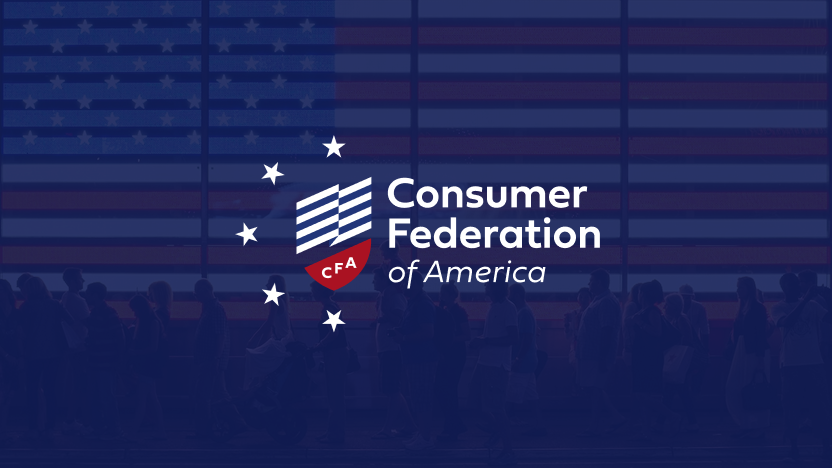Washington, D.C. - The Coalition for FHLBank Reform (CFR), together with 50 additional undersigned national and local advocacy organizations, sent a letter to the Federal Housing Finance Agency on Monday, outlining proposed reforms to the Federal Home Loan Bank (FHLB) System. The letter was sent as a response to the Agency’s Request for Input (RFI) on the FHLBs’ mission statement and the metrics for mission achievement. This RFI follows the publication of last year’s report, “FHLBank System at 100,” an unprecedented review of the system’s potential to better fulfill its mission of supporting affordable housing and community development.
Even as the nation is experiencing a severe housing affordability crisis, the FHLB System no longer has a meaningful impact on housing. The current system is overly focused on member profits. While the FHLBs’ spending on Affordable Housing Programs amounted to around $390 million in 2023, the System spent 8.5x as much on paying out $3.4 billion in dividends to its members. CFR advocates for reforms to help the System once again become mission-driven and to fully leverage all its activities, lending, and investments toward fair and affordable housing and community development.
The Coalition outlines four major targets for reform:
1. FHFA should clarify the mission of the FHLBanks as providing liquidity for fair and affordable housing and community development. Merely subsidizing liquidity to support financial institutions’ profits and paying out dividends do not count as mission activities.
2. Not all activities currently listed in the Core Mission Achievement (CMA) regulation should qualify as core mission activities. Advances supported by Mortgage-Backed Securities as collateral – an already highly liquid asset – should not count towards mission. Investments that aid lower-income families, rural areas, Native American communities, and communities of color should be weighted more heavily.
3. The FHFA should review how the FHLBanks invest and leverage their capital. Since 2008, the FHLBs have amassed significant profits, much of which has been funneled into retained earnings: the System currently has $23 billion above FHFA’s required capital standards. This shows that FHLBs had plenty of capacity to fund more affordable housing initiatives if they had wished to do so.
4. The FHFA should develop membership-incentive programs that reward members who are mission-consistent. Such programs could especially compel large banks and life insurance companies, the biggest users of the FHLB’s government-subsidized advances, to do more for housing.
“Sixty-three national and local advocacy organizations joined our call for Federal Home Loan Bank reform,” said Sharon Cornelissen, Director of Housing at the Consumer Federation of America. “As we face a national housing crisis, we cannot afford a trillion-dollar government-sponsored enterprise (GSE) sitting on its hands. Our letter articulates a vision for a truly mission-focused FHLB System, one that drives housing supply, community investments, and access to fair and affordable housing across the nation.”Courtney Alexander from United Food and Commercial Workers International Union Research Department said “Retail workers need Federal Home Loan Banks to address the crisis in housing costs, not use its government subsidy to enrich big insurance companies and banks.”
“Federal home loan banks must do more to meet the mission for which they were created – providing liquidity to support fair and affordable housing and community development financing to address unmet local and regional credit needs,” said Michael Calhoun, president of the Center for Responsible Lending. “The FHLB system must leverage its excess capital and government-conferred, taxpayer-supported funding advantages to require member banks to do more to advance housing, instead of focusing on increasing shareholder dividends.”
About the Coalition for Federal Home Loan Bank Reform:
The Coalition for Federal Home Loan Bank Reform is a non-partisan coalition of 14 national organizations dedicated to shaping reforms aimed at enhancing the ability of the FHLB system to address the nation’s unmet affordable housing and community development needs.


